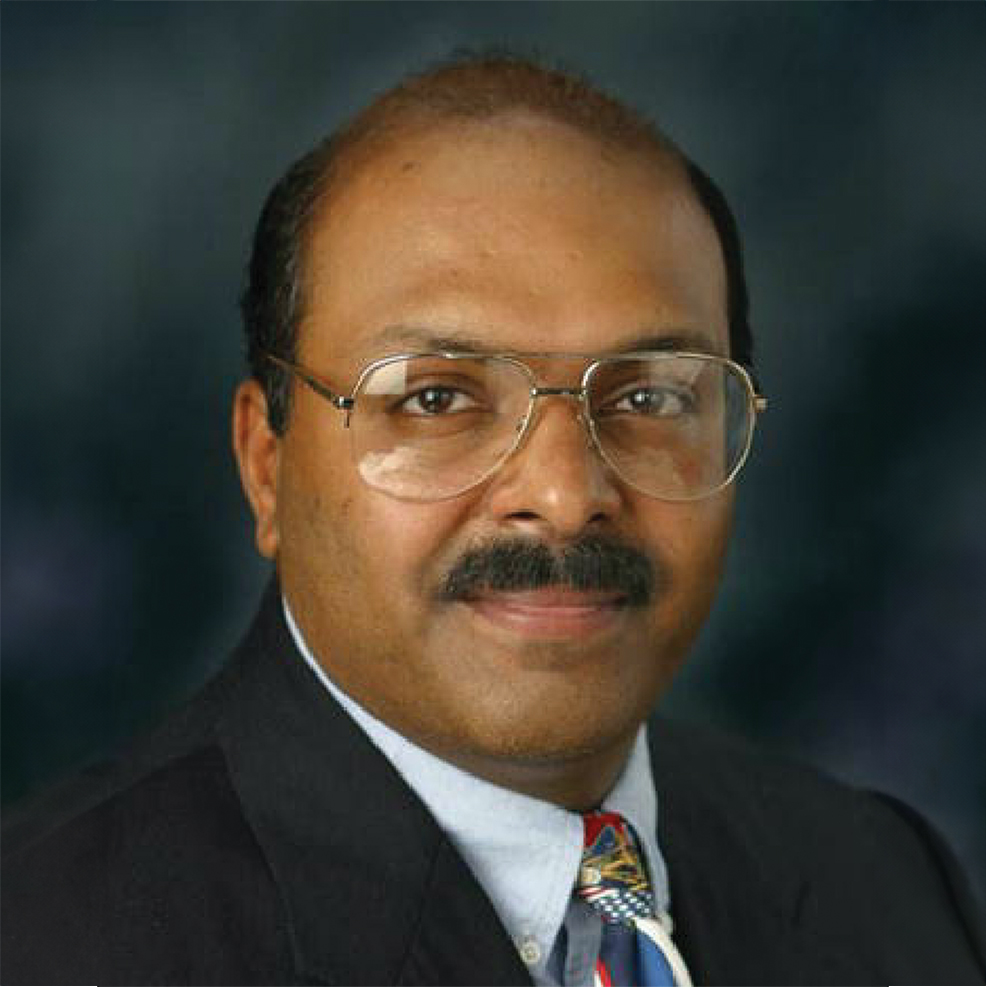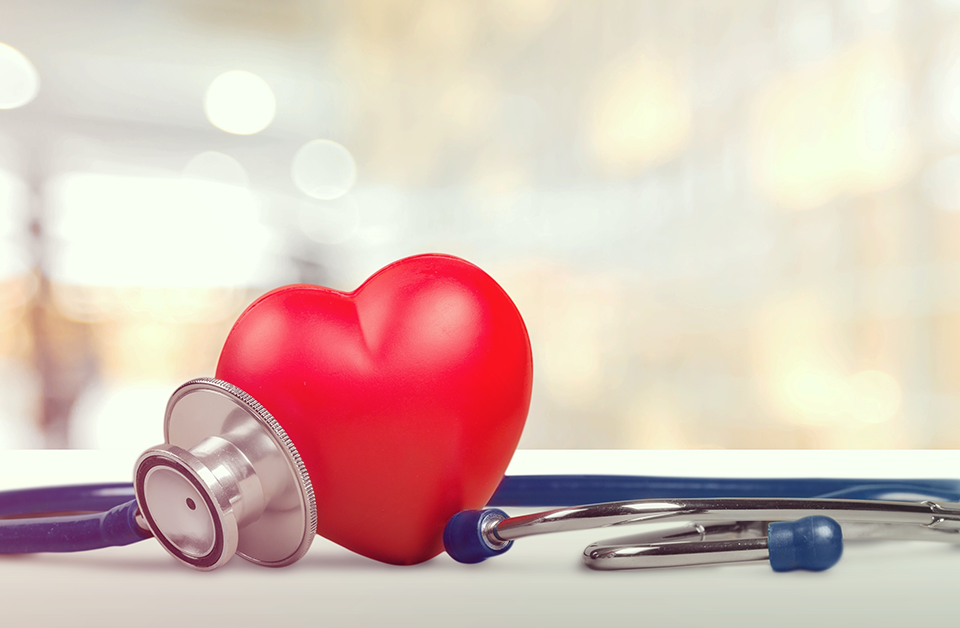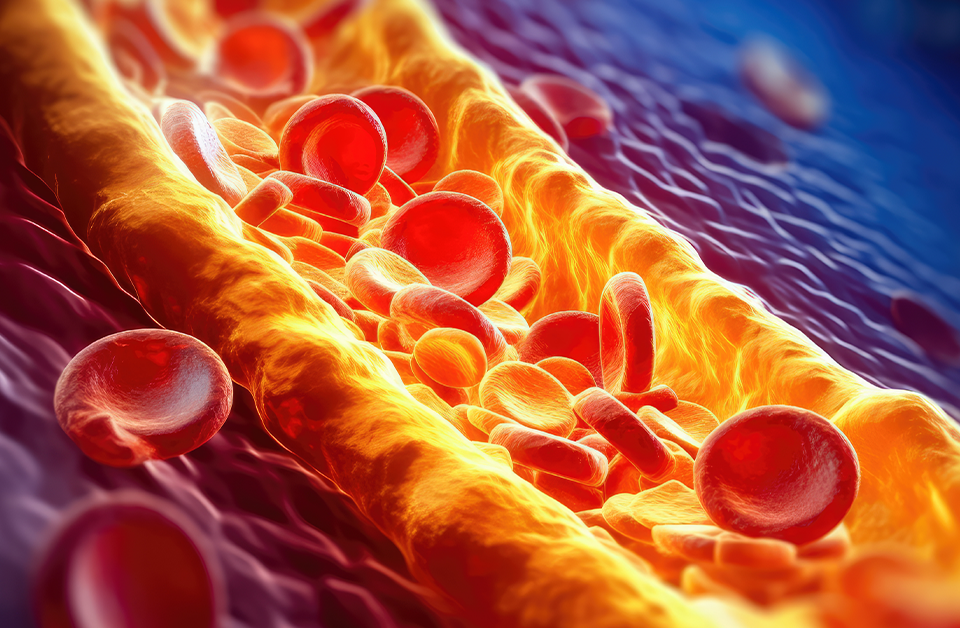

One morning last December, Carolyn* woke up annoyed because her arm hurt, her back ached and her stomach was upset. She also felt more tired than usual.
Shaking off the discomfort, Carolyn went about her day until she described the discomfort to a friend who had casually asked her how she was doing.
Concerned with what she had heard, the friend, who is a nurse, implored Carolyn to go to the hospital emergency room. That’s where Carolyn received a shocking diagnosis.
“They told me I was having a heart attack,” Carolyn proclaims. “I was blown away. I had no idea, because I wasn’t experiencing any chest pain like I would’ve expected with a heart attack. But the ER doctor told me that’s not uncommon with women. He said heart attack symptoms in women are generally more subtle than they are in men.”
Following treatment and as part of her release from the hospital, Carolyn was referred to Thomas Mathews, MD, FACC, a fellowship-trained interventional cardiologist at St. Luke Heart Institute in Brooksville, for further evaluation.
During his initial visit with Carolyn, Dr. Mathews performed a thorough assessment and ran several diagnostic tests. The results revealed that Carolyn was suffering from coronary artery disease, a buildup of fatty plaque in the coronary arteries and the most common type of heart disease.
“Heart disease is still the number one killer of both men and women in the United States,” Dr. Mathews informs. “It kills more than 600,000 Americans each year. That works out to one out of every four deaths due to heart disease. But it’s preventable.”
The term “heart disease” encompasses congestive heart failure, heart valve disease, vein disease, cardiomyopathy, stroke, arrythmia and cardiac arrest.
“All types of heart disease can lead to serious and sometimes fatal complications if they are not detected and are left untreated,” Dr. Mathews warns. “But we can mitigate them with education, testing and treatment, ultimately preventing death or at least prolonging life and improving quality of life.”
Women at Risk
One thing Dr. Mathews wants people to know about heart disease is that it affects women more than men. Women also die from heart attacks more often than men, he asserts. There are several reasons, the cardiologist points out.
“Once women reach menopause, when the hormone estrogen, which previously protected the heart, decreases dramatically, they catch up to men in terms of risk for heart disease,” he says. “Women’s arteries are also smaller and more susceptible to blockages than men’s arteries, and because women tend to live longer than men, there are more women in the general population.
“But many physicians fail to detect heart disease in women because their symptoms are atypical. With men, it’s pretty straightforward. They complain of chest pain. Women, however, may complain that their tooth or jaw hurts. They may feel pain in the back of the neck, the arm or the small of the back, even in their belly. They may feel fatigued.
“Because their symptoms are so non-specific, women are often misdiagnosed or dismissed altogether. So, a lot of women are literally staying at home and having heart attacks. They’re not going to the hospital because they don’t realize they’re having a heart attack. They feel sweaty and clammy and a little nauseated, but they don’t think anything of it.
“That’s why I urge any woman who recognizes these symptoms and thinks they might be having a heart attack to go to the emergency room and get themselves checked out. And if a woman is stable, she should talk things over with her primary care physician and make an appointment with a cardiologist to get her heart checked.”
Because Carolyn had experienced several of those atypical symptoms, Dr. Mathews’ conducted an evaluation that began with a thorough history and physical exam. He then ran several tests to help him diagnose Carolyn’s heart disease.
Those tests included a cardiac stress test, an echocardiogram and an electrocardiogram (ECG). A cardiac stress test monitors heart rhythm, blood pressure and breathing while the patient exercises. An echocardiogram, or echo, uses ultrasound waves to create moving pictures of the heart. An electrocardiogram, or ECG, records the heart’s electrical activity.
“Treatment for heart disease begins with measures to prevent a heart attack,” Dr. Mathews explains. “We look to manage risk factors such as high blood pressure, high cholesterol and diabetes. We also counsel patients on exercise, smoking cessation, and meditation techniques for managing stress.
“And with patients where we find that something is wrong, as we did with Carolyn, we have quick, minimally invasive techniques to take care of it. Those include advanced technologies for breaking up the plaque in the coronary arteries and improving blood flow to the heart. One such therapy uses lasers to vaporize the plaque; another uses sound waves to pulverize the plaque.”
The laser and sound wave treatments are performed on an outpatient basis at St. Luke Heart Institute.
“After these procedures, we often open the narrowed arteries by inflating a small balloon that is fed into the artery through a catheter. We then place stents to hold the arteries open,” the doctor describes.
During the latter procedure, Dr. Mathews begins by making a tiny needlestick in the groin. Through that entry point, he inserts a small catheter that is fed through the circulatory system to the heart muscle. When complete, a small bandage is placed over the wound in the groin, and the patient is discharged.
“Living My Best Life”


Carolyn was amazed by the simplicity of the treatment and how much better she felt afterward.
“I didn’t realize how much I had actually slowed down until Dr. Mathews opened up my arteries. Now, I feel reinvigorated,” she raves. “I have so much more energy, and all the annoying aches and pains are gone.
“Dr. Mathews performed the procedure in his office, and I was able to go home after a short recovery period the same day. It was easy. Between Dr. Mathews and the cardiac rehabilitation program, I learned a lot about eating well, exercising properly and managing stress to help my heart stay healthy. I’m living my best life now.”
Carolyn credits her interventional cardiologist for this new lease on life.
“Dr. Mathews is awesome. He’s really intelligent, but he is also very down to earth,” she says. “He explained everything about my heart disease and the treatment in laymen’s terms so I could understand. He’s also very kind and compassionate. I highly recommend Dr. Mathews and St. Luke Heart Institute to anyone having heart trouble.”
* Patient’s name changed at her request








